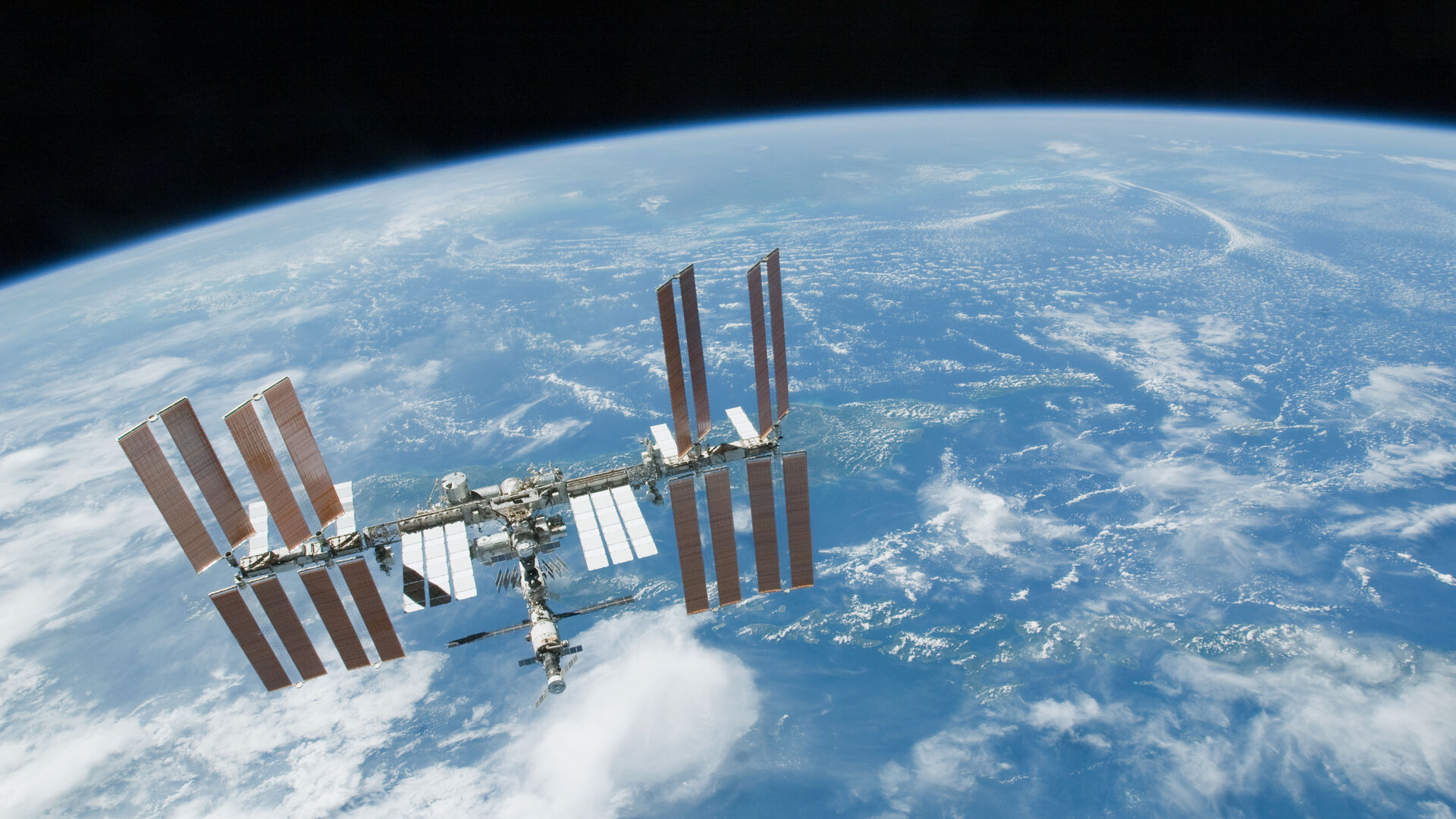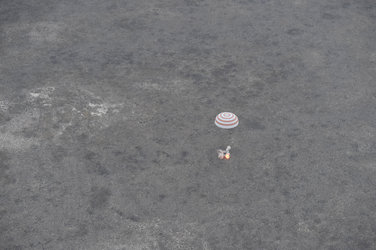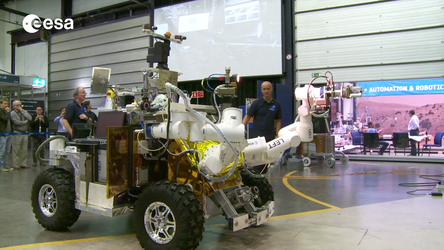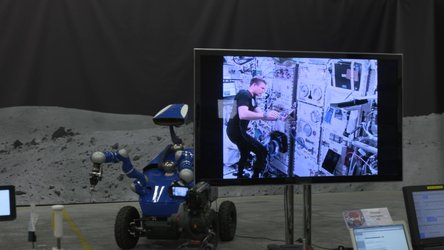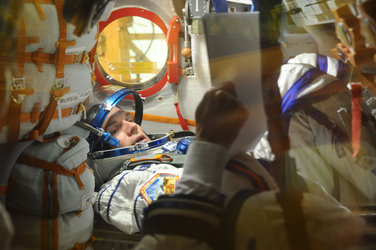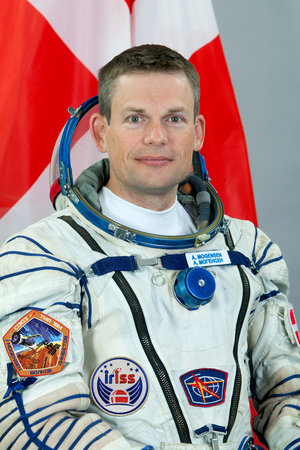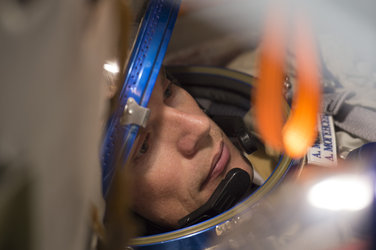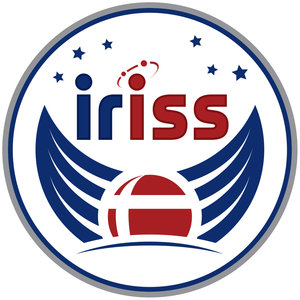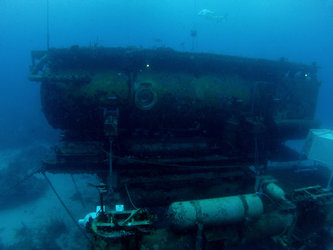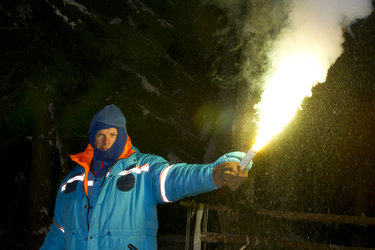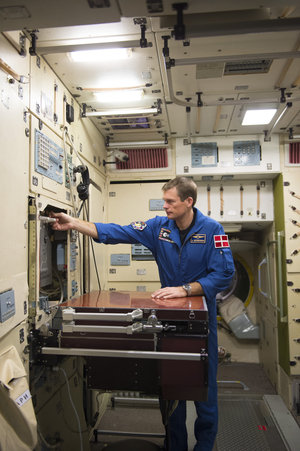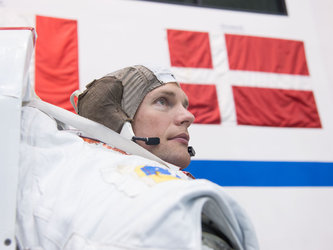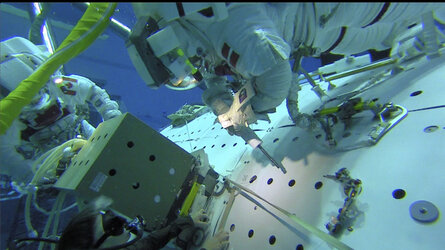A flight-test for the future
ESA astronaut Andreas Mogensen took part in over 20 experiments during his ten-day ‘iriss’ mission in addition to the many experiments that previous astronauts installed and now run continuously. Due to the short mission Andreas’s experiments needed to be short and quick to set up. This does not mean they are simple, as ESA has taken the opportunity to test new hardware, procedures and technology to help improve future astronauts missions.
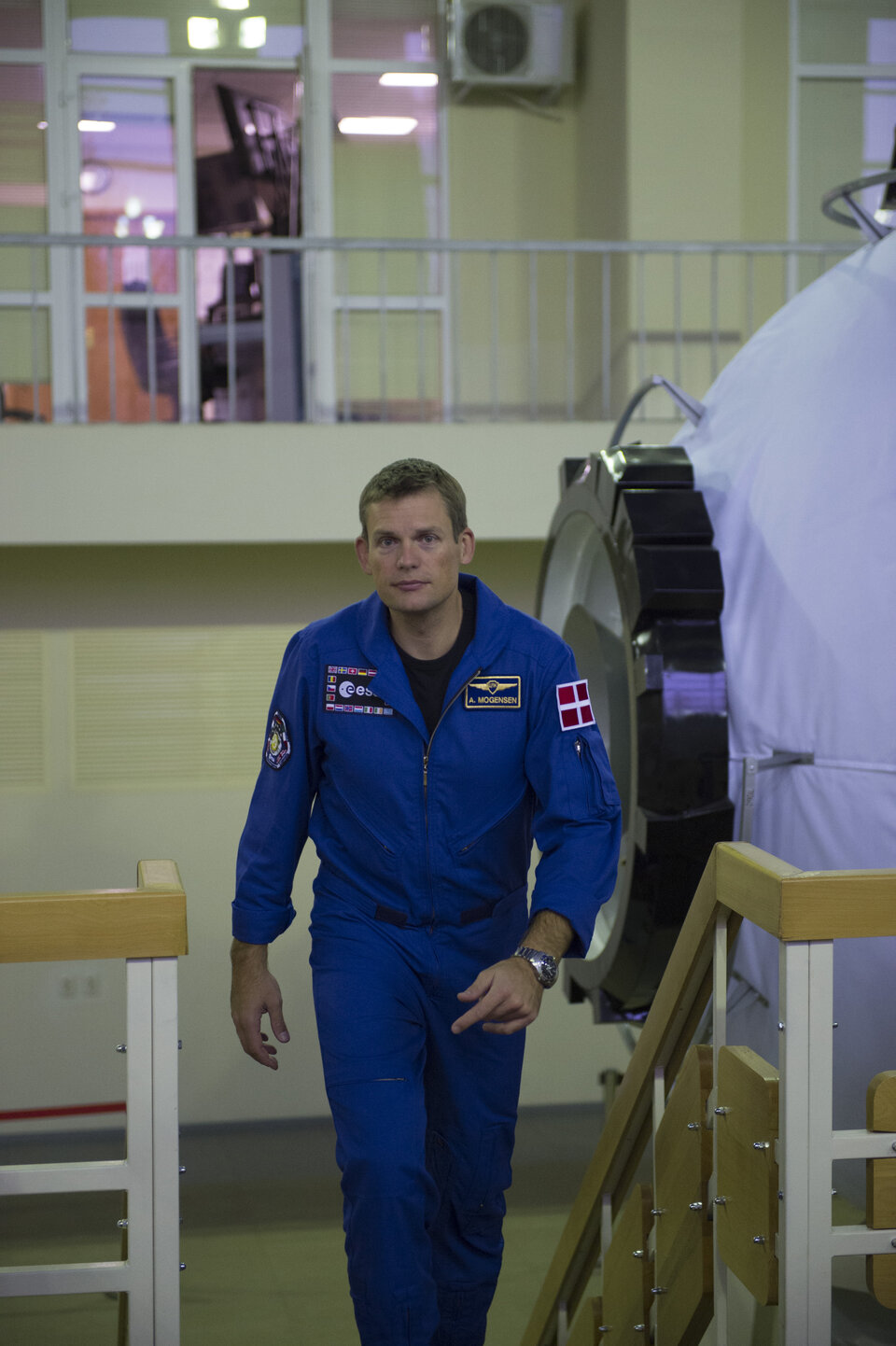
Longer ESA astronaut missions are part of the larger International Space Station partnership and each astronaut spends time on experiments from other space agencies, maintaining the weightless research laboratory as well as a mandatory 90-minute exercise routine.
For the iriss mission, Andreas was exempt from these tasks and ESA had full control in planning and executing the experiments he ran.
ESA is testing ways of making astronauts’ lives easier with equipment that is starting to become common on Earth but have never been tried in space. For example, will voice commands common on smartphones be recognised correctly by a computer even when an astronaut is under severe stress and floating in weightlessness with the constant hum of a space station in the background? Without careful planning and rigorous testing, an innovation can easily spiral out of control in an emergency.
Space technology is not always state-of-the-art because new approaches must be absolutely dependable before they can be used at the forefront of human exploration. Improving astronaut performance is key but robustness is always a concern.
High-speed connection

Andreas was one of the first astronauts to use a new data link with Columbus Control Centre in Oberpfaffenhofen, Germany. Using radio waves this direct connection allows mission controllers to interact directly with hardware on the International Space Station and allowed Andreas to beam live video to ground.
The difference is similar to sending an email and chatting. Commands are no longer sent and processed, but flight controllers have a direct login to hardware in space.















 Germany
Germany
 Austria
Austria
 Belgium
Belgium
 Denmark
Denmark
 Spain
Spain
 Estonia
Estonia
 Finland
Finland
 France
France
 Greece
Greece
 Hungary
Hungary
 Ireland
Ireland
 Italy
Italy
 Luxembourg
Luxembourg
 Norway
Norway
 The Netherlands
The Netherlands
 Poland
Poland
 Portugal
Portugal
 Czechia
Czechia
 Romania
Romania
 United Kingdom
United Kingdom
 Slovenia
Slovenia
 Sweden
Sweden
 Switzerland
Switzerland


























